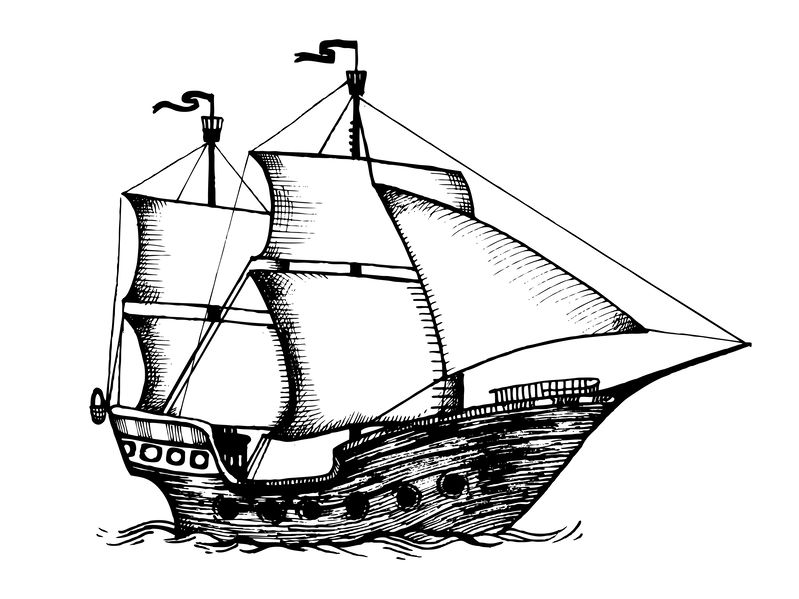Application Exercise 2f: The Second Fleet and incentives
- There was a sharp drop in the death rate from 1 in 3 convicts on the Second Fleet to 1 in 11 convicts on the Third Fleet.
- Camden, Calvert & King overcrowded the ships, hired an unsuitable crew who brutalised the convicts by feeding them starvation rations and keeping them in leg irons below deck in squalid conditions for long periods of time.
- The Second Fleet was paid a flat fee for each convict that was transported whereas the Third Fleet was paid according to results with 20% of the fee being conditional on the convicts arriving in good health.
- The incentive scheme used by the Third Fleet resulted in improved outcomes because incentives were built into the contract that tied payment to results i.e. convicts arriving at Sydney Cove alive and in good health.
- A trade-off is where a course of action is chosen and, in the process, something of value is sacrificed.
- The change in the incentive scheme resulted in a higher death rate and poor conditions being traded-off for a lower death rate and better conditions.
- Economics to a large extent is about how incentives can be used to influence the behaviour of humans in the economic aspects of their lives. Incentives whether monetary or otherwise can influence the choices we make. Indeed, businesses and governments harness the power of incentives to influence the choices that humans make every single day from the type of health insurance to get to what to buy from the supermarket.

